Researchers at the Facility for Rare Isotope Beams reached a new milestone in isotope studies, accelerating a high-power beam of uranium ions to a record 10.4 kilowatts of continuous beam power to a target. The beam enabled scientists to produce and identify three new isotopes, gallium-88, arsenic-93, and selenium-96.
Tag: particle accelerator technology
SRF Operations Earns Certification to Ensure Customer Satisfaction
Jefferson Lab’s Superconducting Radiofrequency Operations team builds parts for accelerators around the world. Now, the team has achieved certification for its quality management system, signifying that the system meets the rigorous standards set by the International Organization for Standardization (ISO) in its ISO 9001: 2015 standard.
U.S. Department of Energy Announces $18 Million to Advance Particle Accelerator Technologies and Workforce Training
he U.S. Department of Energy (DOE) today announced $18 million in new funding to advance particle accelerator technology, a critical tool for discovery sciences and optimizing the way we treat medical patients, manufacture electronics and clean energy technologies, and defend the nation against security threats.
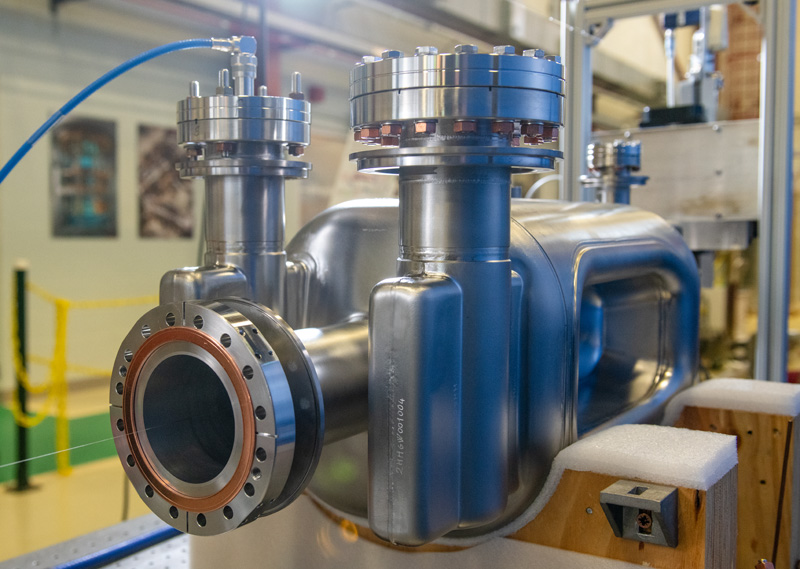
HL-LHC Accelerator Upgrade Project receives approval to move full-speed-ahead from Department of Energy
The U.S. DOE has given the U.S. High-Luminosity Large Hadron Collider Accelerator Upgrade Project approval to move full-speed-ahead in building and delivering components for the HL-LHC, specifically, cutting-edge magnets and accelerator cavities that will enable more rapid-fire collisions at the collider.
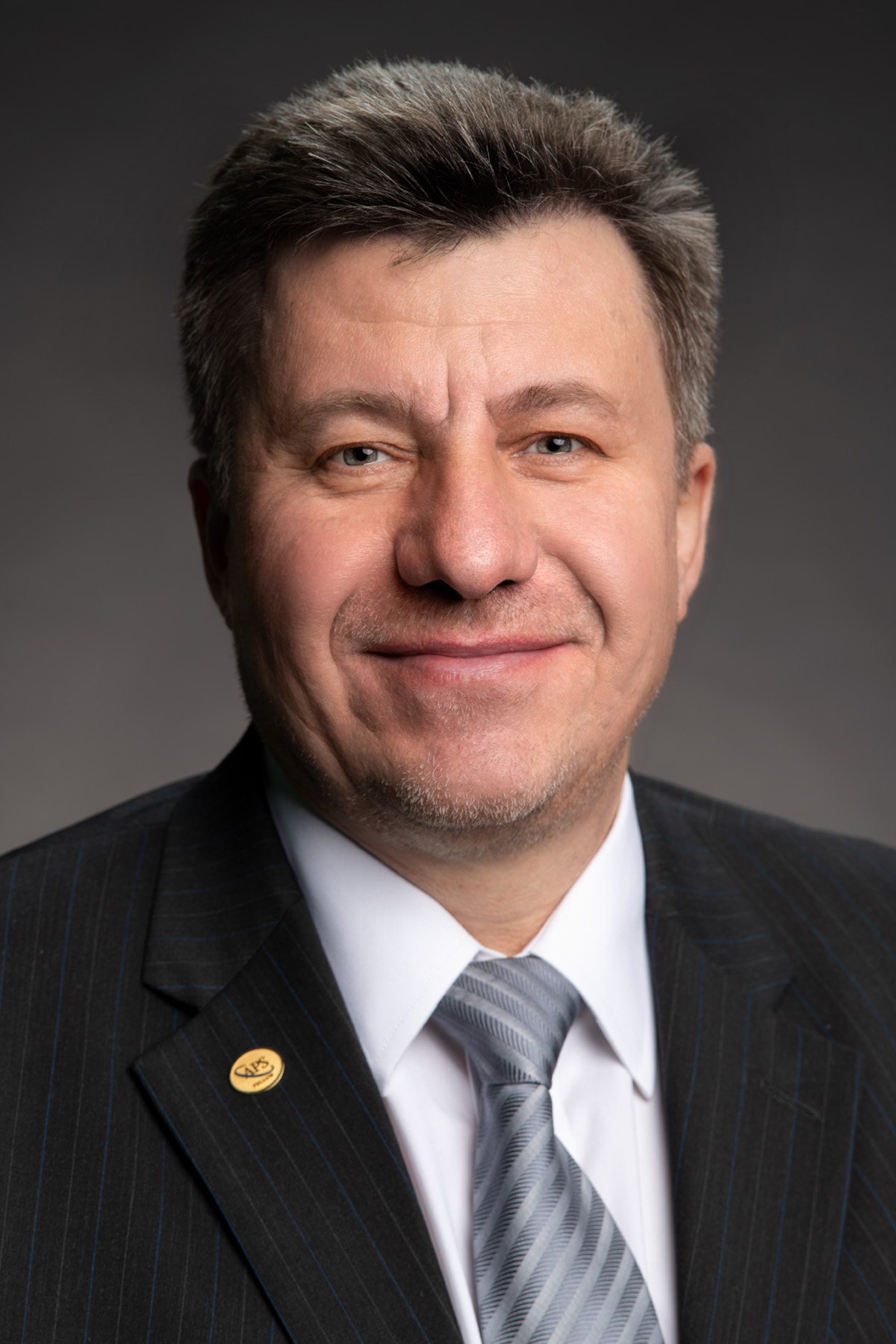
Fermilab scientist Vladimir Shiltsev elected to the Bologna Academy of Sciences
Well-known and appreciated by the scientific community for his work on beam physics and supercolliders, Shiltsev joins an organization whose membership included Marie Curie, Albert Einstein and Luigi Galvani.

New Prototype Advances Particle Accelerators for Industry and Medicine
The most powerful particle accelerators on Earth are research machines built on superconducting radiofrequency technology. These accelerators are expensive and difficult to operate. Scientists have now built an accelerator prototype that uses off-the-shelf support systems that demonstrates it is possible to build and run powerful non-research accelerators at a fraction of the cost of research accelerators.
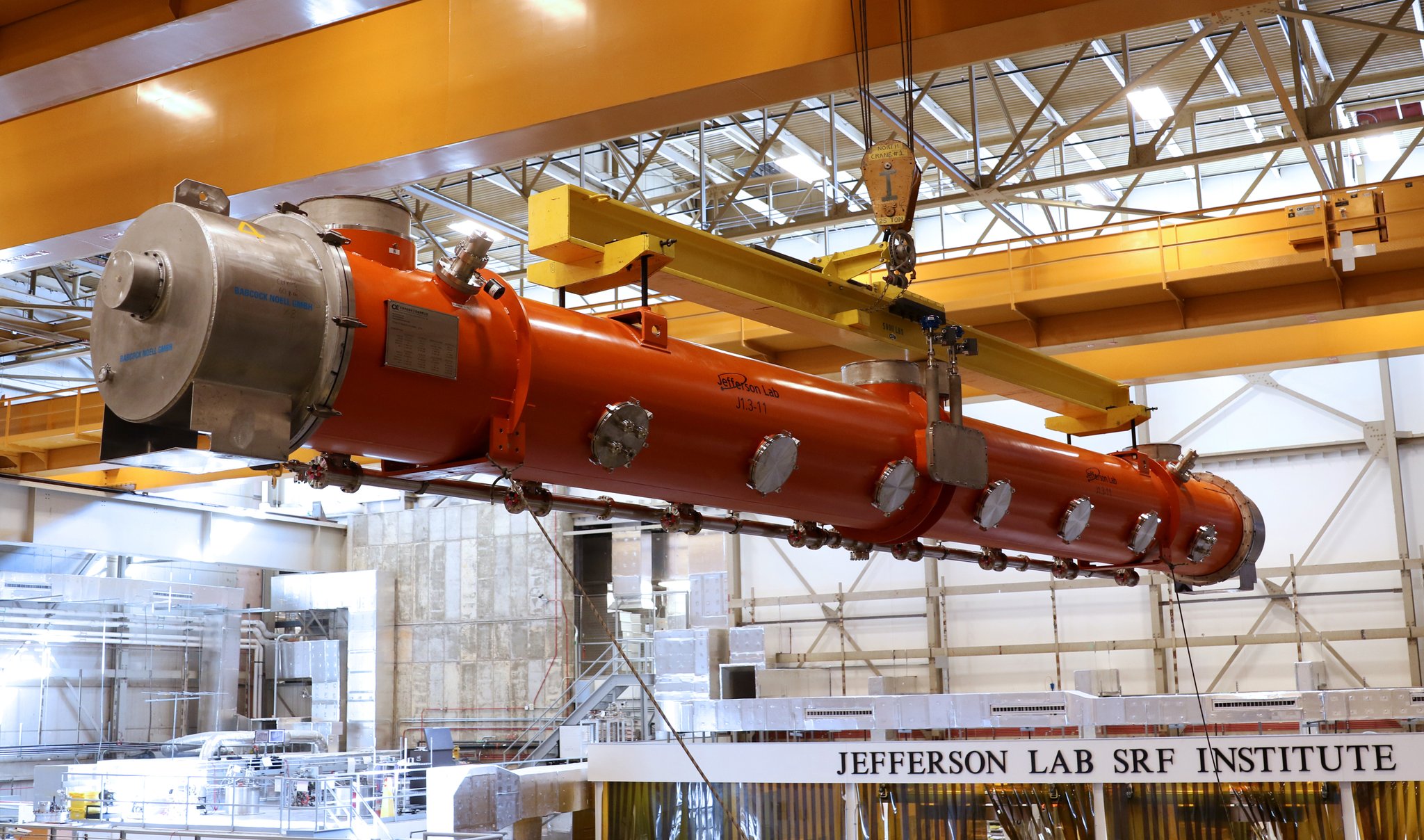
Accelerator Makes Cross-Country Trek to Enable Laser Upgrade
Today, the U.S. Department of Energy’s Thomas Jefferson National Accelerator Facility has shipped the final new section of accelerator that it has built for an upgrade of the Linac Coherent Light Source (LCLS). The section of accelerator, called a cryomodule, has begun a cross-country road trip to DOE’s SLAC National Accelerator Laboratory, where it will be installed in LCLS-II, the world’s brightest X-ray laser.

Three students awarded DOE Graduate Student Research Fellowships
Three students have received the prestigious Department of Energy Office of Science Graduate Student Research Fellowships to conduct their research at Fermilab. DOE awarded these fellowships to 52 students from U.S. universities.
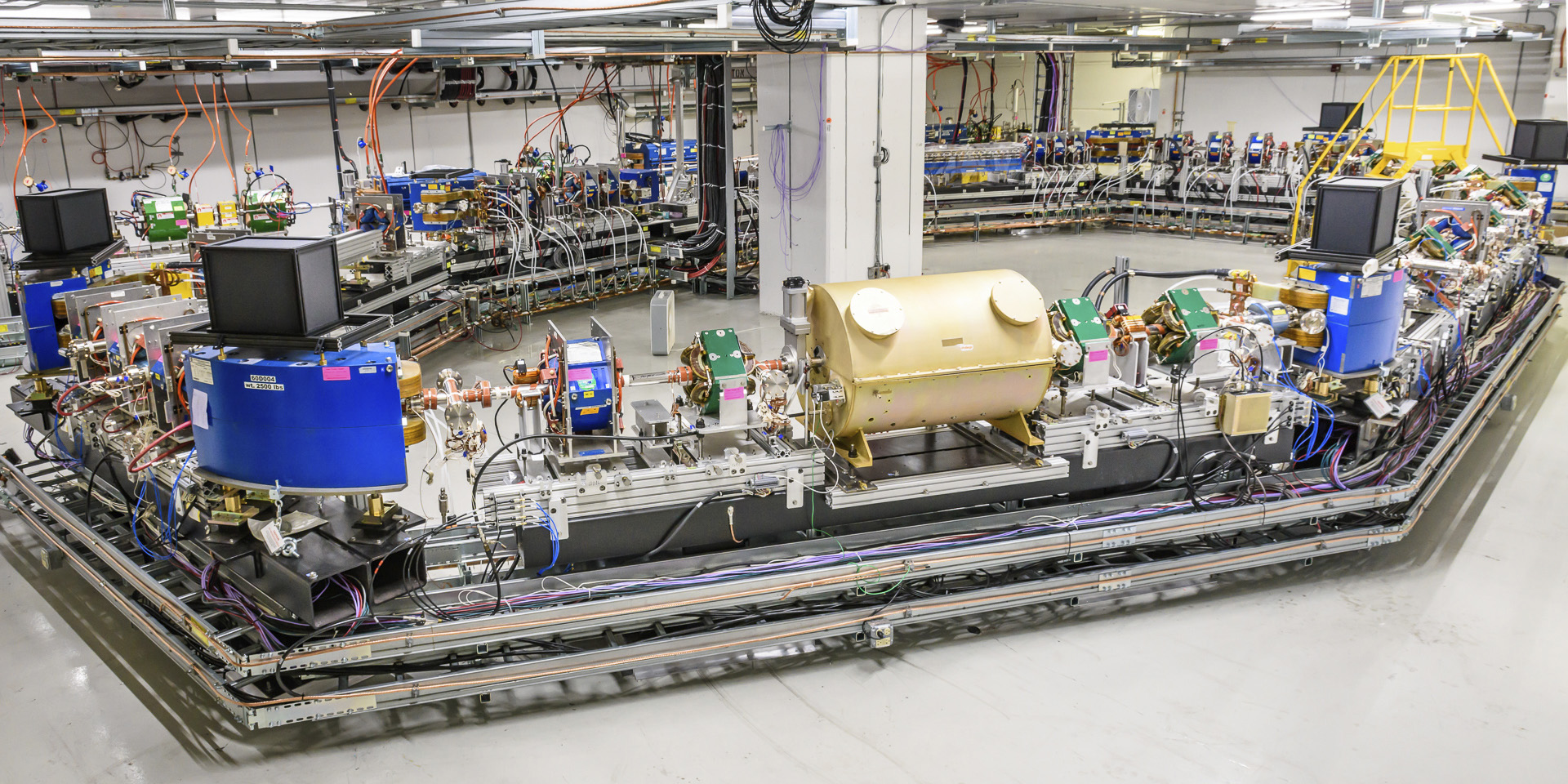
Northern Illinois flourishes as accelerator R&D hub under Fermilab leadership
Fermilab and partners in northern Illinois have established the region as a leader in particle accelerator science and technology. Few places in the world boast such concentrated effort in particle acceleration research, developing and building cutting-edge particle accelerators, and growing an accelerator-focused workforce.
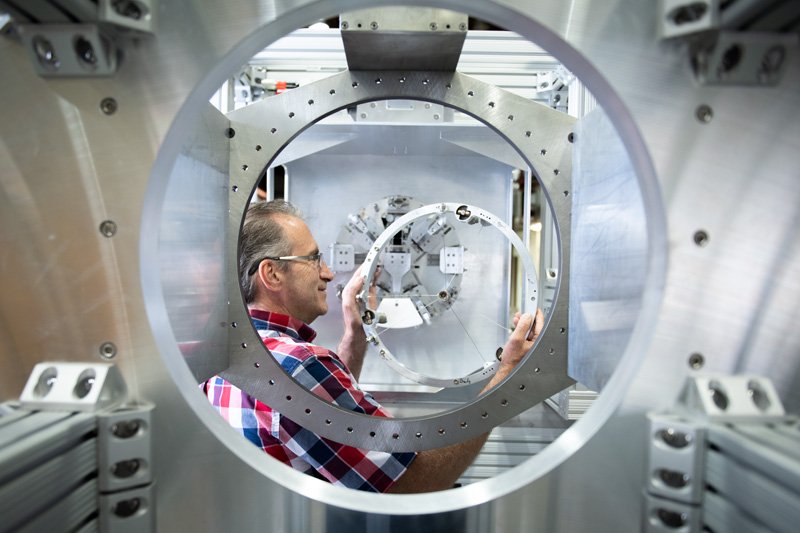
Safety in robots: Mu2e’s automated handler
Humans and robots work together in a carefully choreographed dance to maintain peak production target performance in Mu2e’s search for new physics – direct muon-to-electron conversion.

Controlling Light to Accelerate Electrons in Just Meters
A new paradigm in particle accelerator design paves the way to dramatically smaller accelerators. The novel “dephasingless laser wakefield accelerator” concept uses a new technology called “flying focus.” That combines special optics to shape an ultra-short, high-intensity laser pulse.